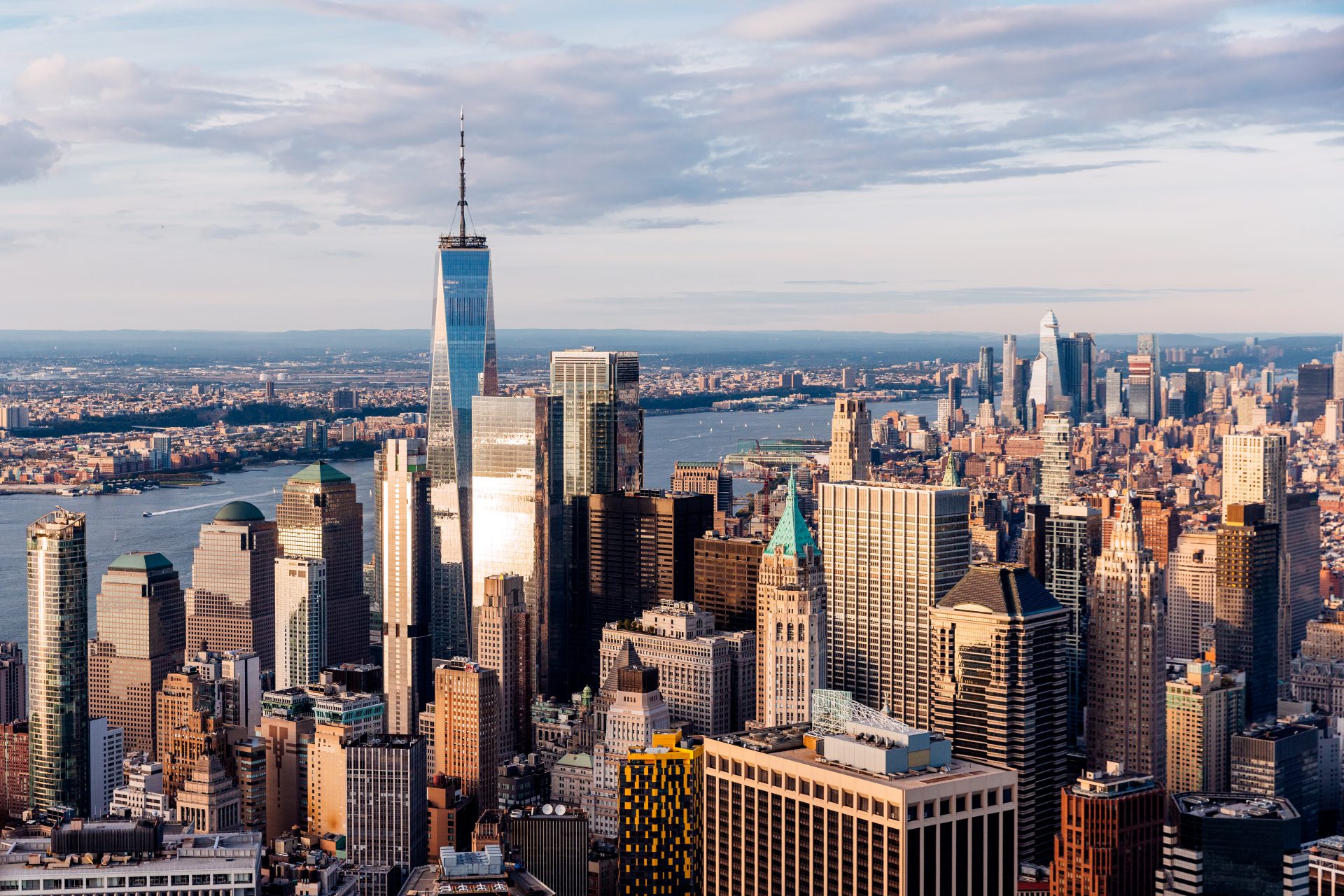
Alexander Spatari/Getty Images
NYC is sinking under the weight of over a million buildings — all clocking in at a whopping 1.7 trillion pounds total — new geological research warns.
The city is dropping closer to the water at 1 to 2 millimeters per year, “with some areas subsiding much faster.”
Lead researcher and geologist Tom Parsons of the United States Geological Survey says the gradual descent makes the Big Apple extremely vulnerable to natural disasters.
Lower Manhattan is particularly at risk of slipping below the water line. There are concerns for Queens and Brooklyn, too, the study states.
Ultimately, 8.4 million people are at risk of “varying degrees of hazard.”
“New York faces significant challenges from flood hazard. The threat of sea level rise is 3 to 4 times higher than the global average along the Atlantic coast of North America…,” the study reports.
The effects of the city’s gradual sinkage have been noticeable over the last decade. This was particularly seen in the aftermath of Hurricane Sandy and Hurricane Ida.
“In 2012, Hurricane Sandy forced seawater into the city. Whereas heavy rainfall from Hurricane Ida in 2021 overwhelmed drainage systems because of heavy runoff within the mostly paved city.”
Repeated exposure of building foundations to salt water “can corrode steel and chemically weaken concrete causing structural weakening.”
He fears that the structural integrity of the city’s many buildings could be at risk in the future, too. Particularly those along “coastal and riverfront areas.”
“The combination of tectonic and anthropogenic subsidence, sea level rise, and increasing hurricane intensity imply an accelerating problem along coastal and riverfront areas,” he wrote.
According to Parsons, New York City is ranked third in the world “in terms of future exposed assets to coastal flooding.”
“90% of the 67,400 structures in the expanded post-Hurricane Sandy flood-risk areas have not been built to floodplain standards.”
He believes that developers aren’t taking the threat seriously. Meanwhile, the threat of severe storms persists, likely leading to increased concern as years pass.
“[Greenhouse gas] appears to be reducing the natural wind shear barrier along the US East Coast, which will allow more frequent high intensity hurricane events in the coming decades.”